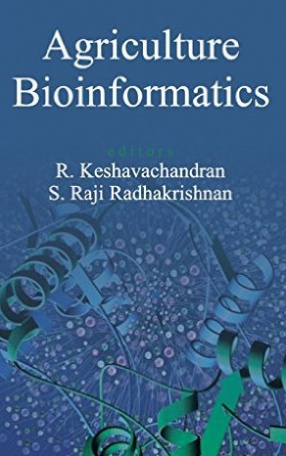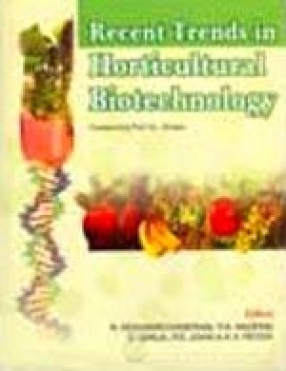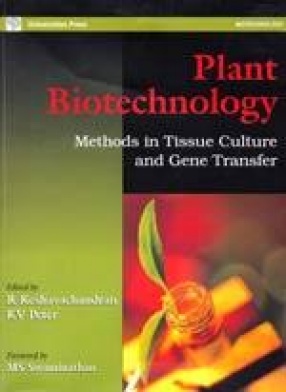Agriculture Bioinformatics
Biotechnological tools supplement various conventional approaches in conservation, characterization and utilization for increasing production and productivity of agricultural and horticultural crops. The emerging field of bioinformatics is an integrated field arising from merging of biology and informatics. It is a conglomeration of various new frontiers of science like genomics, proteomics, metabolomics etc. The rich warehouse of proteome and genome information nearly doubling every year has significant implications and applications in various areas of science including agriculture, horticulture, forestry and food science. Cheminformatics is specialized to a range of problems in the field of chemistry. Chemical pesticide reduction is possible by adopting cheminformatics methods to identify naturally occurring chemical compounds in crops which act against pests. Bioinformatics has transformed the discipline of life science from a purely lab based science to an information science as well. The ICAR has recently launched a National Agricultural Bioinformatics Grid (NABG) to serve as a computational facility in developing national biodatabases and data warehouses. The present book Agriculture Bioinformatics is a compilation of 17 information packed chapters authored by working scientists in the respective discipline. In addition to the theoretical information, practical and applied aspects to boost productivity and quality of crops are given.
Contents: 1. Bioinformatics in agriculture. 2. Bioinformatics databases and internet resources. 3. Analysis of genetic diversity in crop plants using molecular marker data. 4. Plant genomics - a bioinformatics perspective. 5. Integrating knowledge of bioinformatics in medicinal plant research. 6. Bioinformatics applications in plant biology. 7. Genome mapping in plants. 8. Inter-species conservation of splice sites: an analysis using support vector machine based pattern recognition. 9. Applications of support vector machines in plant genomes. 10. Protein structure, prediction and visualization. 11. Mitogenomics: mitochondrial gene rearrangements, its implications and applications. 12. Spice bioinformatics. 13. Application of bioinformatics in palm and cocoa research. 14. Application of metagenomics in agriculture. 15. Biodiversity informatics. 16. Omics: what next? 17. Computational methods in plant genome sequence analysis.
Get it now and save 10%
BECOME A MEMBER









Bibliographic information
S. Raji Radhakrishnan